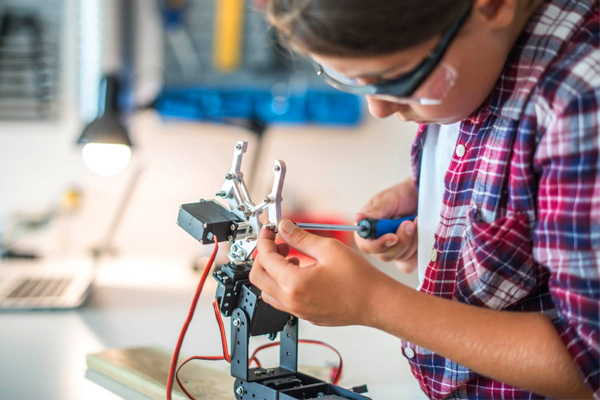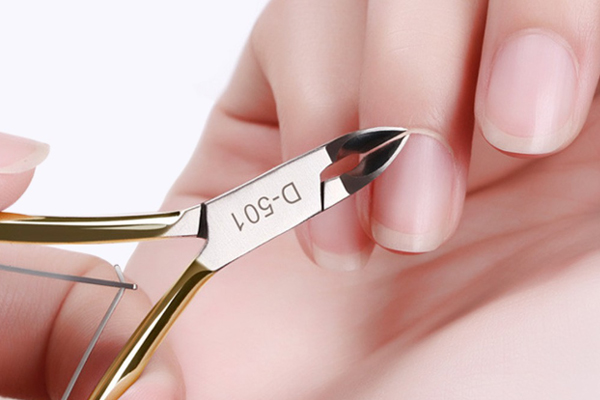As we move further into the 21st century, the world of
technology continues to evolve rapidly and robotics has become one of the most
exciting fields shaping the future. Teaching kids about robotics at a young age
offers them a valuable opportunity to explore science, technology, engineering
and mathematics (STEM) in a hands-on, interactive way. Acebott is a leading
company in the robotics and STEM education space which offers a range of
robotics kits that are perfect for introducing kids to the wonders of
technology and programming.
The Educational Value of Robotics Skills
Acebott is known for providing high-quality robotics kits
that are both educational and fun. Their products are designed to introduce
kids to the world of robotics, coding and engineering in a way that is easy to
understand yet challenging enough to engage young minds. Acebott offers a wide
range of robotics kits from beginner-friendly options to more advanced kits for
older children and teens. These kits come with all the necessary parts, tools
and instructions which allowing kids to start building and experimenting right
out of the box.
ACEBOTT QE031 Smart Factory for ESP32
The ACEBOTT QE031 Smart Factory for ESP32 is an educational robotics kit designed to introduce users to IoT (Internet of Things) and smart factory technologies. It utilizes the ESP32 microcontroller and supports multiple platforms like Arduino IDE and ACECode (a Scratch-based visual programming tool). This kit offers a hands-on way for students, hobbyists and makers to learn about smart home and automation systems through engaging projects like those simulating factory environments.

The QE031 kit includes various components that allow
users to create interactive systems such as robots or automated systems that
can be programmed and controlled via apps. It is highly suitable for STEM
education, providing an accessible yet complex learning experience with an
emphasis on smart technology integration. The kit is ideal for students and
enthusiasts looking to explore IoT, robotics, and automation in a fun and
educational manner.
Key Features and Benefits
·
Educational Focus: The
ACEBOTT QE031 is geared towards learning by doing. It helps students understand
the fundamental principles of automation, robotics and the Internet of Things
(IoT). By assembling the smart factory components and programming them using
platforms like Arduino IDE and ACECode (ACEBOTT block-based programming
environment), users gain practical experience in coding, electronics, and
system integration.
·
ESP32
Microcontroller: The ESP32 is one of the most advanced
microcontrollers used for building IoT and robotics projects. It features
dual-core processing, Bluetooth and Wi-Fi capabilities, and an array of I/O
ports which allowing the creation of complex and efficient automation systems.
·
Programming
Flexibility: Users can program the kit using both
graphical (block-based) coding and traditional text-based coding. This
flexibility accommodates both beginners and more advanced users. ACECode, the
proprietary software built on the Scratch framework, offers a simple
drag-and-drop interface, while also allowing users to convert their projects
into Arduino or Python code for deeper learning
·
Smart Factory
Simulation: The kit main application focuses on building
a smart factory environment. This includes the simulation of automated systems,
robots, and smart devices that communicate with each other. Students can learn
how various factory processes such as manufacturing and monitoring can be
automated using IoT technologies.
ACEBOTT QE023 ESP32 STEM School Smart Home
Kit:
The ACEBOTT QE023 ESP32 STEM School Smart Home Kit is an innovative educational tool designed to introduce students to the fascinating world of smart homes, IoT (Internet of Things) and automation. Perfect for STEM classrooms, this kit offers an engaging and hands-on approach to learning about advancedtechnologies that are transforming everyday life.

It is an excellent educational solution for anyone
looking to learn about smart home technology, IoT and automation. With its
powerful ESP32 microcontroller, compatibility with Arduino and comprehensive
teaching resources, it offers a complete, hands-on learning experience that is
both engaging and educational. Whether you are an educator looking to inspire
your students or a student eager to explore the world of technology, this kit
provides the tools and knowledge to excel in the fast-evolving tech landscape.
How the ACEBOTT QE023 Kit Enhances STEM
Education
·
Practical Exposure to
IoT and Automation: The ACEBOTT QE023 kit
provides a hands-on introduction to the Internet of Things (IoT) which helping
students understand how connected devices communicate and interact with each
other. By building and programming their own smart home systems, students gain
practical skills in automation that are highly relevant to current
technological trends.
·
Building
Problem-Solving Skills: As students work through the
challenges of designing and programming smart home projects, they develop
critical problem-solving abilities. The process of debugging, troubleshooting,
and optimizing projects is an essential part of STEM education that prepares
students for future careers in tech.
·
Encouraging
Collaboration: The nature of the kit’s
projects encourages teamwork and collaboration among students. Working together
to build smart home systems promotes communication, cooperation and leadership
skills, all of which are valuable in any STEM-related career.
·
Versatile Learning
Tool: The ACEBOTT QE023 kit is versatile enough to
be used across various educational levels, from middle school to university.
Whether students are just starting to learn about electronics or are ready to
dive into more advanced concepts, this kit can be adapted to fit different
learning needs and objectives.
Builds Communication and Teamwork Skills
Robotics is not only an individual learning experience
but also a collaborative one. Many of Acebott kits are ideal for group projects
where kids can work together to complete complex builds. These projects
encourage teamwork and communication skills as kids must collaborate to
assemble and program their robots. For example, while working on a robot carkit, kids might divide tasks such as wiring, programming and assembling
different parts. Working together in this way fosters a sense of community and
helps kids learn how to share ideas, solve problems collectively and take on
leadership roles within a team.
Because robotics is a multidisciplinary field, teamwork with people who have different skills and interests can lead to new perspectives and innovative solutions. These collaborative experiences are invaluable for children as they learn how to approach challenges from various angles and develop a variety of essential interpersonal skills.
 United State
United State China
China Germany
Germany France
France Spain
Spain Italy
Italy United Kingdom
United Kingdom Poland
Poland Netherlands
Netherlands Switzerland
Switzerland New Zealand
New Zealand Australia
Australia









